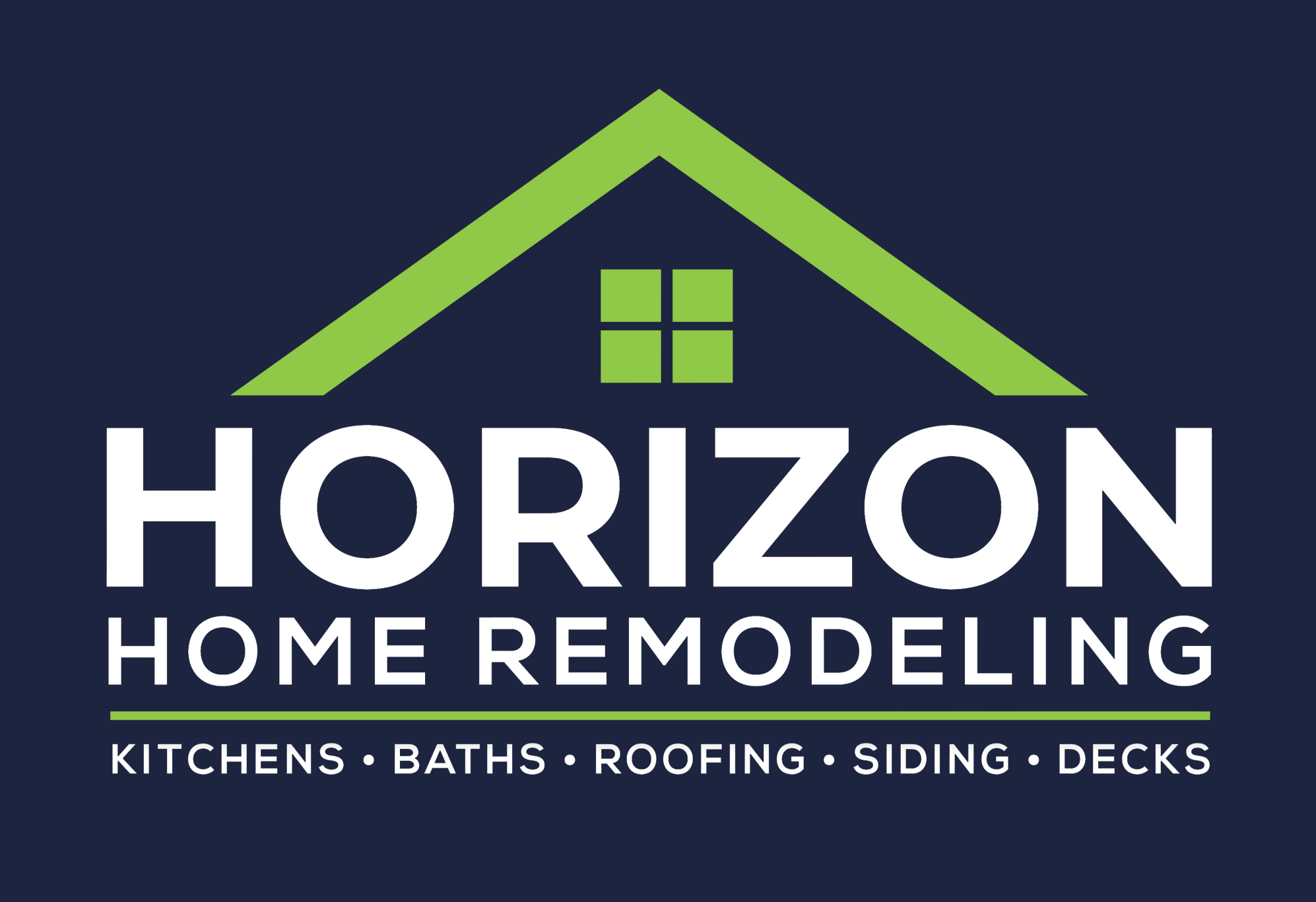Your roof is more than just an exterior feature; it’s your home’s first line of defense against the elements. Over time, wear and tear can take its toll, leading to crucial decisions about whether to repair or replace your roof. This article explores key signs that indicate your roof may need an upgrade, helping you make an informed decision for your home.
Understanding Your Roof’s Lifecycle
A roof is an investment that requires regular maintenance and periodic upgrades. Generally, most roofing systems last between 20 to 50 years, depending on materials, installation quality, and maintenance. Knowing the lifecycle stages of your roof can prepare you for its eventual decline.
Common Roof Types and Their Lifespans
- Asphalt Shingles: 15-30 years
- Metal Roofing: 40-70 years
- Wood Shingles: 20-25 years
- Tile Roofing: 50 years or more
- Slate Roofing: 75-200 years
Key Signs Your Roof Needs Attention
Identifying problems early can save you from costly repairs down the line. Here are several indicators that it may be time to consider a roof upgrade:
1. Age of the Roof
The age of your roof is a primary factor. If your roof is approaching the end of its expected lifespan, it’s wise to evaluate its condition closely.
Case Study:
A homeowner discovered that their 25-year-old asphalt roof, showing signs of wear, was losing granules. Upon inspection, multiple leaks were found, necessitating a complete replacement.
2. Shingle Damage
Inspect your shingles regularly. Look for:
- Cracked or curling shingles
- Missing shingles
- Granule loss, indicating wear
Any of these issues can lead to leaks and water intrusion if not addressed quickly.
3. Moss and Algae Growth
Moss and algae can retain moisture, accelerating roof decay. If you notice significant growth on your roof, it may indicate underlying issues. Although occasional patches can be cleaned, extensive growth often suggest that the roof is nearing the end of its life.
4. Leakage and Water Damage
Water stains on your ceiling or walls may signal leaks in your roof. Inspect your attic for signs of moisture or mold, which could indicate roof issues.
Example:
A family discovered water stains in their attic during a routine inspection. The leak was traced back to damaged flashing, prompting a roof replacement to prevent further damage.
5. Sagging Roof
A sagging roof is a significant red flag. This could indicate structural issues caused by accumulated moisture or insufficient support.
In extreme cases, a sagging roof can lead to collapse, making immediate action necessary. It’s vital to consult a professional if you notice this sign.
6. Increased Energy Bills
An increase in your energy bills might be related to your roof’s inability to insulate properly. Hot or cold air escaping through a compromised roof can force your heating and cooling systems to work harder.
7. Curling or Buckling Shingles
Curling or buckling shingles indicate that they are reaching the end of their lifespan. This deterioration can also lead to leaks and moisture issues.
8. Sunlight in the Attic
If you can see beams of sunlight coming through your roof in the attic, your roof may need immediate repairs or replacement. This is a clear indicator of compromised roofing materials.
Professional Inspections: A Wise Investment
Before making a final decision, consider hiring a professional roofing inspector. They can provide a comprehensive evaluation of your roof’s condition, helping you understand repairs versus replacement. A professional can identify issues that may not be apparent to the untrained eye.
Benefits of Professional Inspections
- Expert insights: Understand root causes of issues.
- Cost estimation: Get detailed estimates for repairs or replacement.
- Safety: Professionals are trained to inspect roofs safely.
Repair vs. Replace: Making the Decision
When faced with the decision to repair or replace your roof, several factors come into play.
Considerations for Repair
Repairing your roof can be a cost-effective solution when:
- The roof is relatively new and still within its lifespan.
- Damage is localized (e.g., a few missing shingles).
- Your budget is limited.
Considerations for Replacement
Replacement may be a better option when:
- The roof is nearing the end of its life expectancy.
- There is extensive damage or multiple problems.
- You are looking to improve energy efficiency.
- You plan to sell your home and want to increase its value.
Real-Life Example:
A couple decided to replace their aging roof before selling their home. The upgrade significantly increased the home’s market value, allowing them to recoup more than they invested in the new roof.
The Impact of Weather
Weather conditions significantly impact the condition of your roof. Regions with heavy snowfall, intense heat, or severe storms can accelerate wear and tear. Regular maintenance and timely repairs are crucial in these areas.
Statistics on Weather-Related Roof Damage
According to the National Roofing Contractors Association (NRCA), approximately 70% of all roof inspections reveal underlying issues, particularly in regions that experience severe weather.
Conclusion
Deciding whether to repair or replace your roof is a critical decision that can affect your home’s value and your family’s safety. By understanding the key signs that your roof needs an upgrade, you can make an informed choice that best fits your situation.
Remember to regularly inspect your roof, consider professional evaluations, and be vigilant about symptoms such as age, damage, and leaks. Ultimately, a proactive approach can save you money and stress down the road. Investing in a sturdy, reliable roof is not just a repair; it’s an investment in the safety and comfort of your home.



